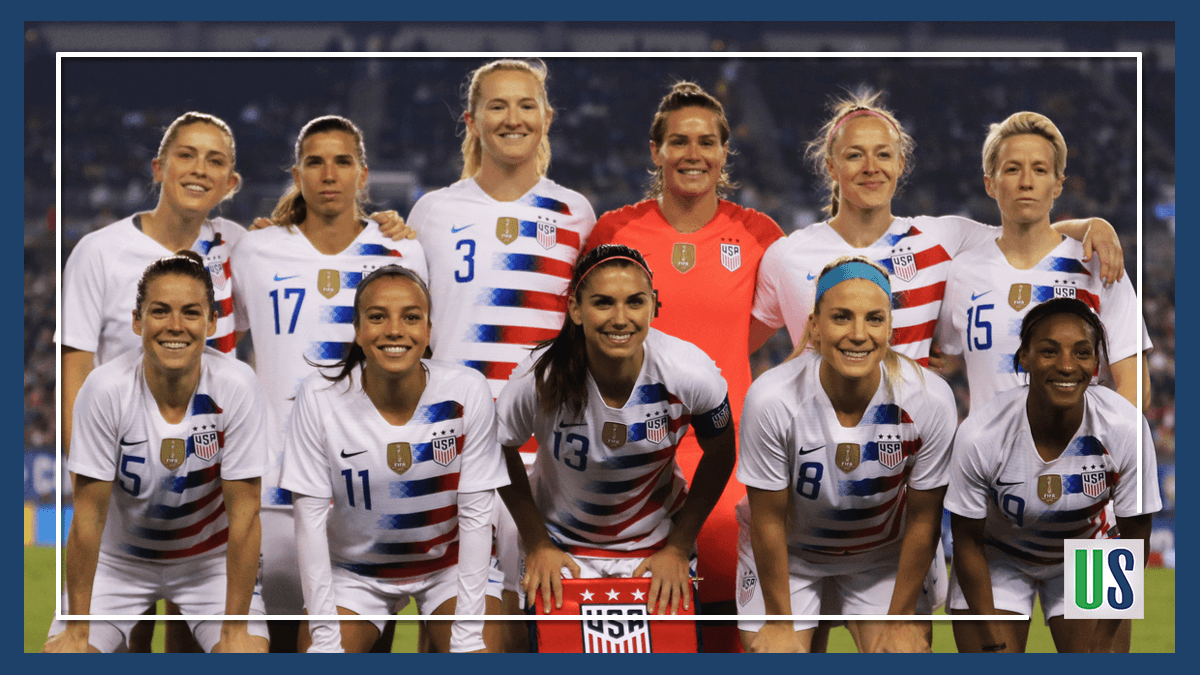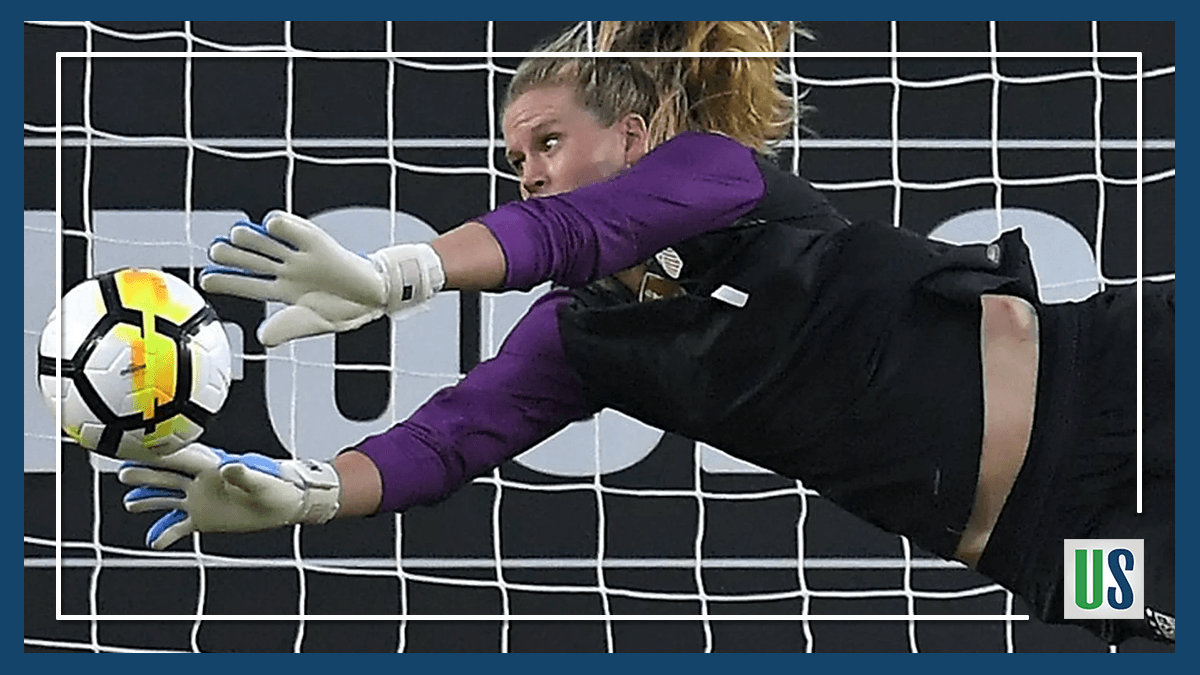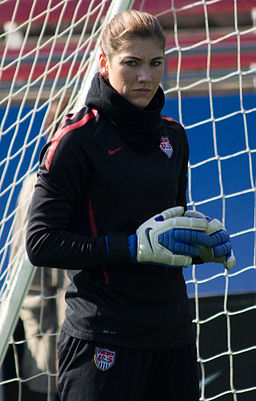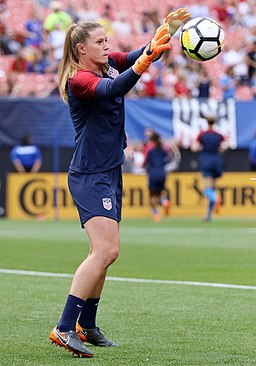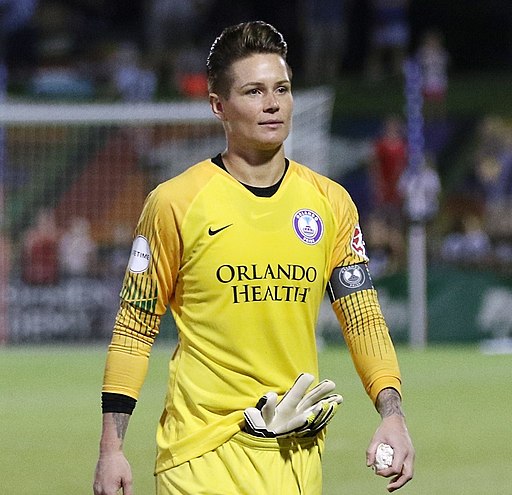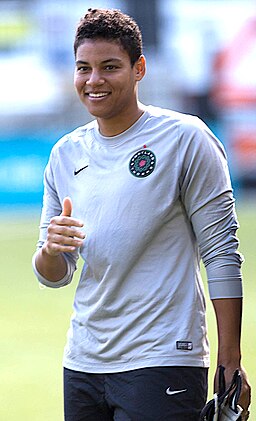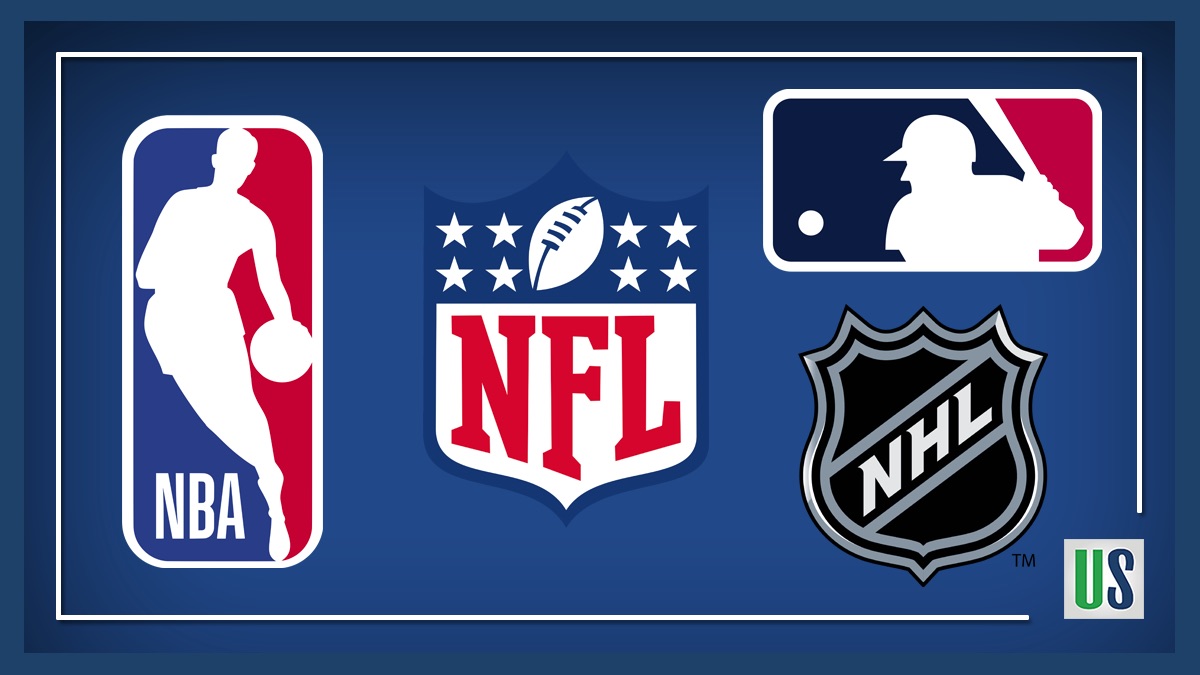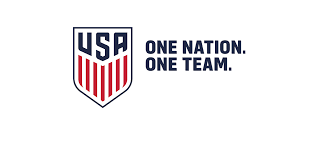U.S. Women’s National Team (USWNT) vs U.S. Soccer Federation (USSF)

Less than one month prior to the FIFA Women’s World Cup, the USSF and the USWNT are butting heads over fair pay. 28 players, including Alex Morgan and Megan Rapinoe, are the plaintiffs. In this lawsuit, the USWNT’s names the current payment situation as gender discrimination. This has even drawn support from Serena Williams, Billie Jean King, Sloane Stephens and former FIFA head of women’s soccer, Tatiana Haenni. Here are the arguments for and against the USSF.
Gender Inequality
As previously discussed on the Unafraid Show, sports needs to make greater strides towards gender equality in coaching. For women’s soccer, they also want equality in pay. In their case, the USWNT identifies 41 different issues with equal pay. Three stand out: prize money and bonuses, doing the “right thing” and success.
Less Prize Money for Women of USWNT
After losing in the round of sixteen in the 2014 FIFA World Cup, the men’s team earned 5.375 million dollars in bonuses. Dissimilarly, the women (2015 FIFA Women’s World Cup winners) only received 1.725 million dollars in bonuses. Additionally, FIFA allocated 30 million dollars of prize money for the 2019 FIFA Women’s World Cup versus 440 million dollars for the 2022 FIFA (men’s) World Cup. The winning women’s team will earn 4 million dollars in prize money, but that is far below the 38 million dollars gain by France in 2018.
Merit and Doing the “Right Thing”
In a 2016 lawsuit against the USSF (for similar reasons), lawyer Jeffrey Kessler brought up a strong argument in favor of equal pay regardless of revenue. He noted that figure skating distributes prize money equally. Even though the women produce more revenue than men, figure skating chooses to “do the right thing”. Like this, Kessler and the USWNT believe that the USSF should set a strong example moving forward with equal pay.
Unlike the U.S. Men, U.S. Women are Actually Good at Soccer

For years, the U.S. National Men’s soccer team has been a disappointment. They didn’t even qualify for the 2018 FIFA World Cup. On the other hand, the U.S. Women’s National Team is adorned with success. The USWNT won the World Cup in 1991, 1999 and 2015 in addition to winning four Olympic gold medals. Each of these are feats that the men’s team haven’t come close to, let alone achieve it multiple times. Because of this success, the 2015 Women’s World Cup final broke the record for being the most watched soccer match shown on English-language television” in the US. This wasn’t just the most watched soccer game involving a U.S. team, it was the most viewed soccer game in America, period.
USSF Retort
On Tuesday of this week, the USSF sent their volley back at the USWNT in their federal statement.
Pay-For-Play
First off, the USSF argued that the U.S. Women’s National team can’t compare apple to oranges. The sports the U.S. men and women play and their contracts are different. Contract-wise, the USMNT and USWNT have different CBAs. Men are paid strictly by matches played. This is a “pay-for-play” structure. They are not compensated year-round for being called up to the national team. Women, on the other hand, are under contract with benefits for their entire tenure with the national team. This includes guaranteed salaries, half-pay maternity leave, and even paying the salaries of national team players in the N.W.S.L. Because of the stark difference between the structures of the men’s and women’s collective bargaining agreements, U.S. Soccer refuses to admit disparities on sex. Especially because the USSF claims that the women “consistently rejected all proposals” for a pay-for-play structure.
Revenue Matters to the USSF and FIFA
Furthermore, the USSF backed their stance against the allegations on gender-based pay. “Any alleged pay differential” is due to the “aggregate revenue” differences generated by each teams, among other factors. Sunil Gulati, U.S. Soccer’s president, said that revenue generation should matter in a market economy. Though the 2015 World Cup final broke viewing records, Gulati noted that, on average since 2012, the men’s ratings are more than double than the women’s. Taking World Cup games out of the equation, those numbers are almost four times as high. So even with record-breaking views, women’s soccer in the US is still below men’s in revenue and ratings. Like this, FIFA president Gianni Infantino, said that the prize money for the World Cup tournaments are “linked with the revenues that are generated”. Thus, Gulati and the USSF argue, the pay differential is legal and not sex-based.
Should Revenue Matter?
The short answer is an obvious yes. Revenue matters. Money talks. Capitalism in U.S. sports is highly relevant. However, revenue can be quite different at times when opposing sides are comparing notes. Dwight Jaynes of NBC Sports compared the respective revenues of the men’s and women’s FIFA World Cups. In 2010, the men’s World Cup brought in four billion dollars, of which the teams split 9-percent.
On the contrary, the women’s World Cup brought in 73 million dollars in 2015, of which teams shared 13-percent. Additionally, of the six billion dollars generated by the men’s World Cup in 2018, teams split less than 7-percent. Whereas, this Women’s World Cup is expected to earn 131 million dollars and dole out 30 million dollars. If that estimation is correct, FIFA prize money for women would be almost 17-percent higher than men. This suggests that FIFA is much more generous to women than men.
But, the Associated Press reported that generated money is quite unclear. This is because much of FIFA’s revenue comes from top sponsors signed up for both World Cups.
“That’s something never really analyzed.” “What is the potential value of the Women’s World Cup? Nobody knows the Women’s World Cup commercial value because it’s not sold separately. This is something that should at least be discussed.”
Tatiana Haenni, former FIFA head of women’s soccer
So, if the revenues are difficult to assess, why then do both sides claim to have a strong grasp on the generated money?
Is U.S. Soccer Sexist?
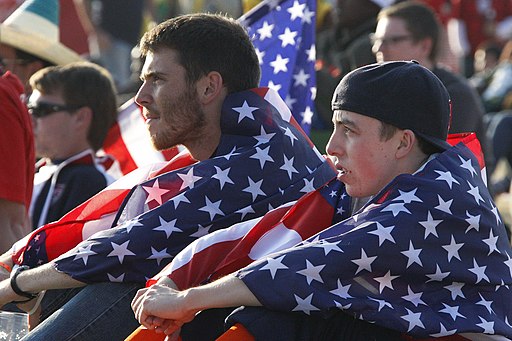
Murky Waters
Without clear financials, it is extremely difficult to assess the equality in U.S. soccer. If revenue numbers from the World Cup and prize money percentages are correct, U.S. soccer does practice unfair gender payment… but in favor of women. Proportionally, they would out-earn men in soccer based off of that revenue generated. With that being said, soccer lacks study into revenue streams.
Ratings and Views
It becomes murkier when considering World Cup views. Women, in the 2015 final, set record ratings. How could a World Cup winning team set a record for viewing, yet still fall below men in the same sport that didn’t make it past the round of sixteen? It’s baffling, but it’s about more than one game. Greater action requires longevity and consistency. A single blip of a game won’t be enough for change. They need to earn ratings and revenue equal to, or close to, the men in order to garner financial success.
The Future is Promising
At the moment, there is not enough public evidence to persecute U.S. Soccer in gender-inequality. Obviously, this isn’t good for women. Such a large gap in the same exact sport is an incredibly hard pill to swallow. Yet, there is hope. First off, both Visa and Adidas came out in support for equal pay. Visa reported they will invest as much marketing support to women’s football as they did with the men’s FIFA World Cup in Russia. Additionally, Adidas promised to pay equal bonuses for their sponsored players if they win the World Cup.
Last, the USWNT has the chance this summer to cement themselves as America’s favorite soccer team. Without a berth in 2018, American soccer fans lacked a home team. Now, those same fans have the reigning champs for the 2019 World Cup. If the USWNT can somehow pull off another World Cup win, they should garner more attention, sponsors and ticket sales in the future. Should female athletes have to outperform their male counterparts by miles in order to get equal pay? Of course not. But with how male-dominated professional and national sports are, it’s the current state of soccer.
Get Out and Support Female Athletes
So, I’ll end with a call to action. To fans of all sports. Go watch this World Cup. Follow every match, Tweet about these impressive athletes and bring attention to the sport. Help push the USWNT into not only another World Cup final, but a level playing field with men.

